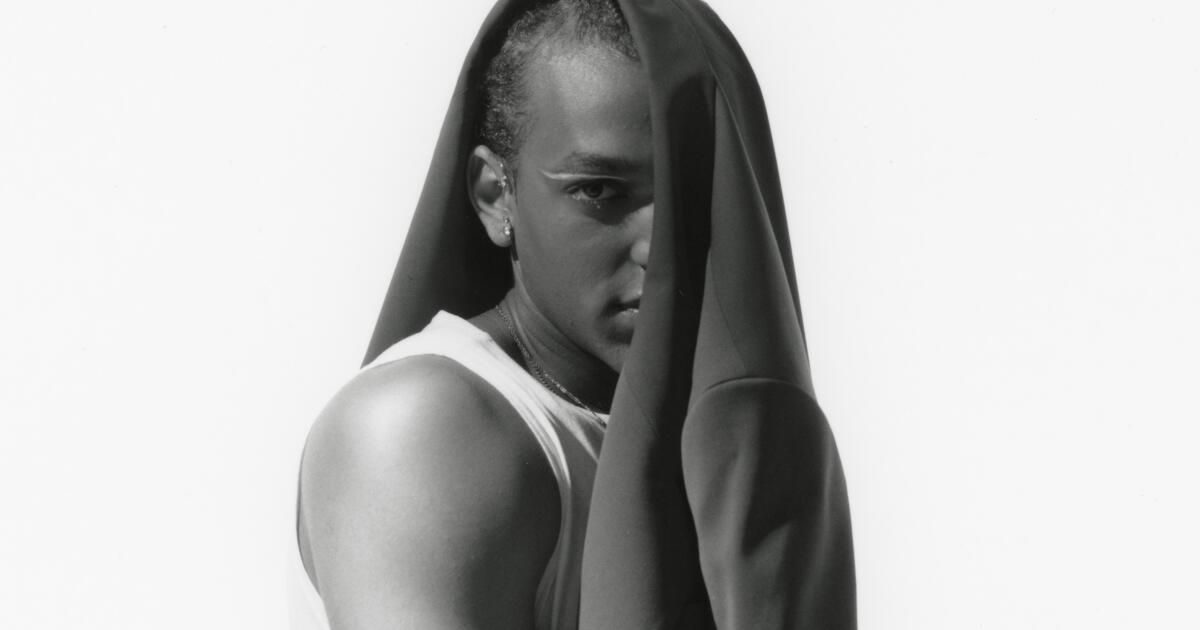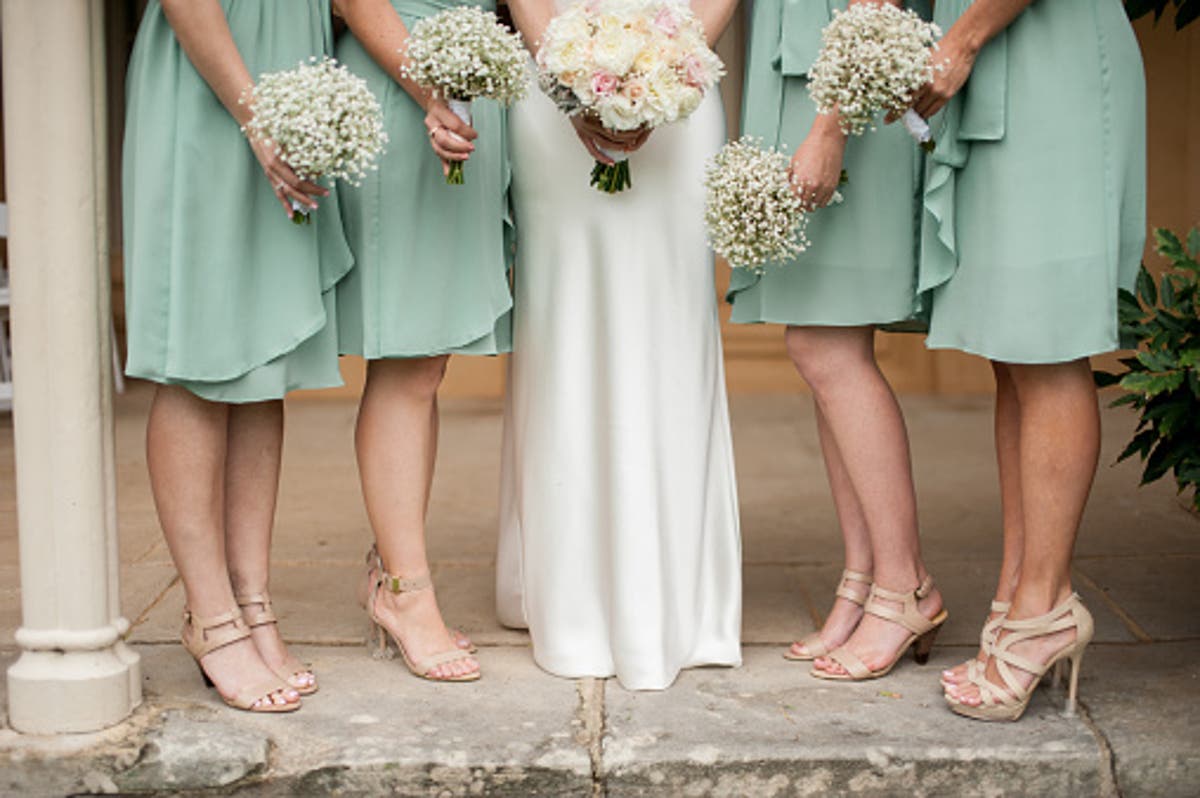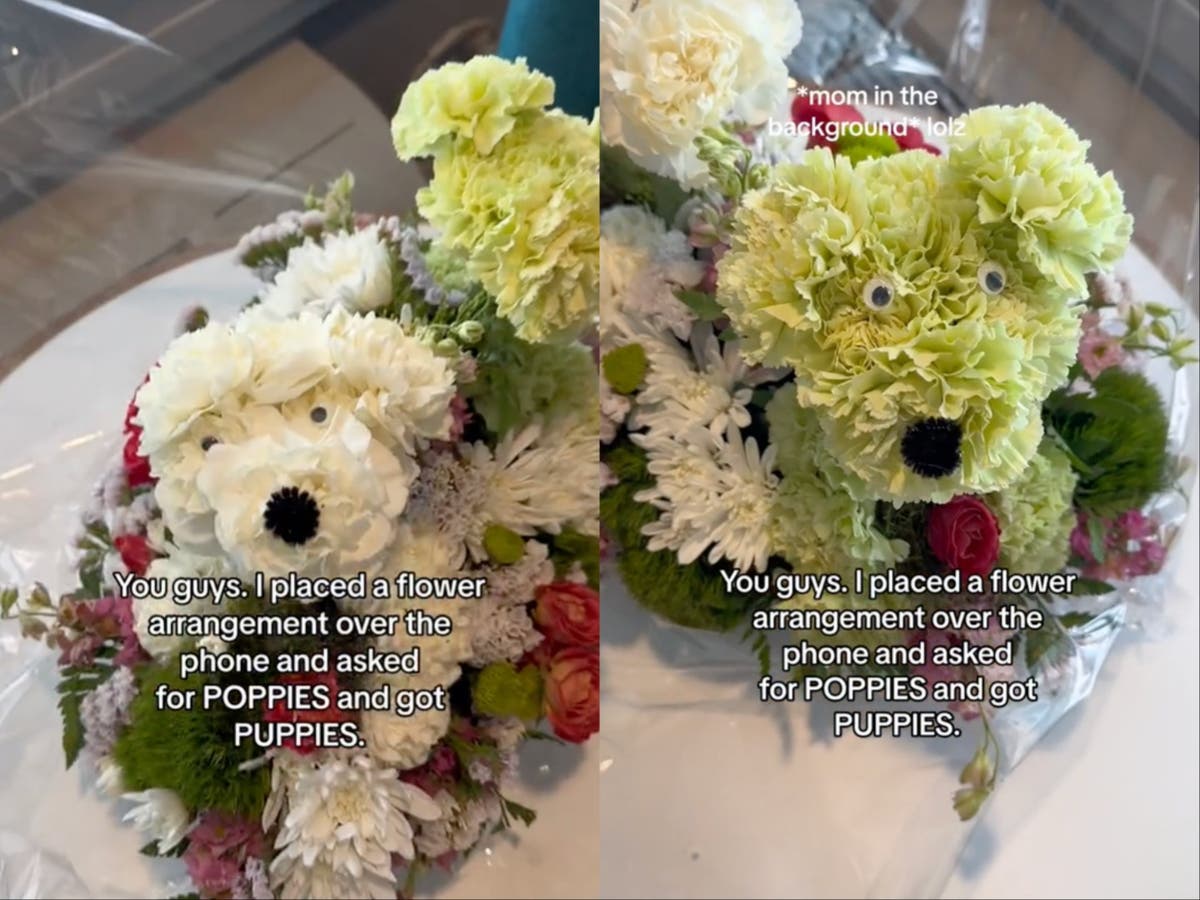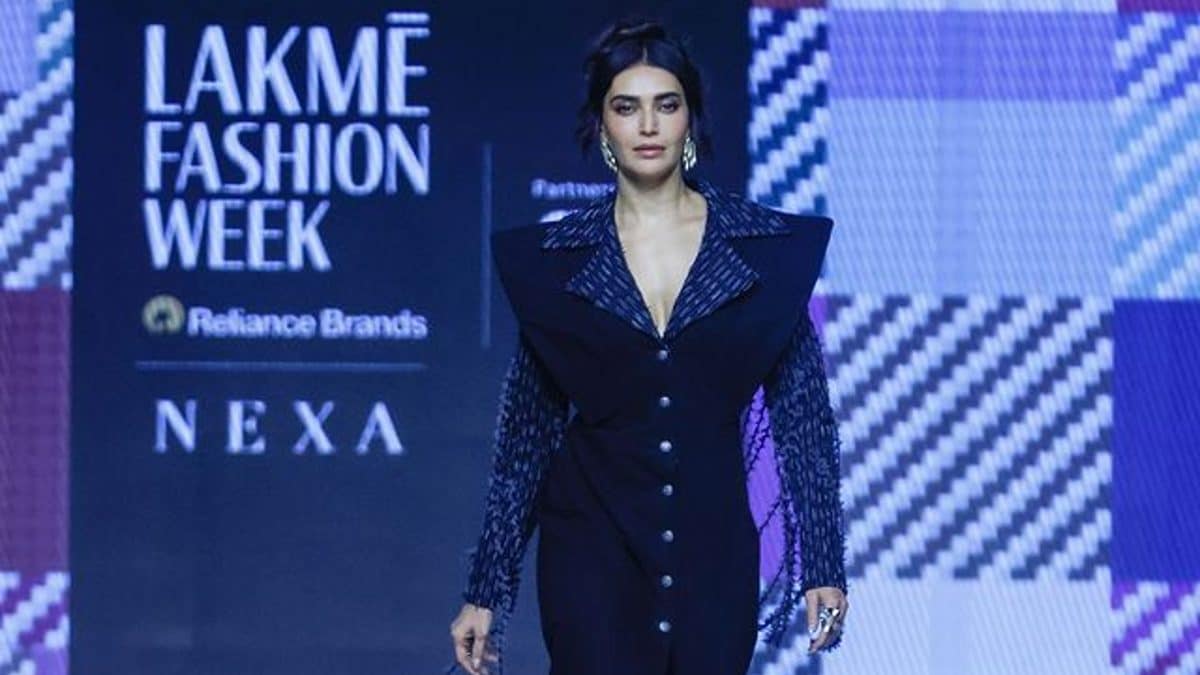I can't think of anything more luxurious than choice: the simple ability to dictate rather than be dictated. We take it for granted that we can choose from seven different brands of coffee makers or thousands of hours of entertainment filmed on a streaming service. I don't even know how I chose my dry cleaner among seven almost identical locations within five minutes of my apartment. My dad embarrassed me in the supermarket when I refused to choose breakfast cereal. “You know, children from other countries have no choice. they have to eat gruel for every meal.” I was one of the millions of lucky kids in America who got to choose their cereal. And one of the unfortunate millions who were made to feel bad about it.



Caspen is wearing Prada Made to Measure shirt, coat, jacket and pants, and Prada brushed leather loafers.
Those conversations at the grocery store affected the way I think about clothes. I appreciate options when it comes to style and fit, but I'm very aware that I only consider those things because I can afford it. Most people in Los Angeles take an item of clothing off the rack and accept it as is. Maybe the waist is a little loose. Gird it with a belt. Perhaps the hem of the pants is too long. Roll them up. Maybe the lining of the jacket is a strange color. Never, ever, take it off in front of other people. Even alterations don't offer relief from the feeling that nothing will be right on a certain garment.
I grabbed an impeccable Yohji Yamamoto Fall/Winter 1995 tagged suit that I purchased from TheRealReal at Milt & Edie's, the venerable 24-hour dry cleaner and tailor in Burbank, hoping to be able to take off the pants. They were too tight and I hated the idea of wearing the jacket separately. There was a lot of fabric on the seat, and I even brought the extra fabric that came in one of the pockets. And yet, the woman who was assigned to me as a tailor looked at me like I was crazy. “I need five centimeters of fabric and I have three at most,” she said in an exasperated tone. “But I just want you to try,” I complained. Even a few extra inches of space would get me closer to the sartorial nirvana I was chasing. “Maybe I'll lose weight,” I said, staring at the ground like a kid caught urinating in the snow. She chuckled and said, “Yeah, maybe.” She promised to do her best and then sent me on my way, with an appointment to return in a week and a half to retrieve my pants.
My relationship with clothes feels like a constant compromise: an acceptance that they will never be good enough and that there will always be one or two things about any garment that frustrate me. But for a price (a high price), the clothes can be perfect. They can be exactly what you want and nothing less. Bespoke and bespoke tailoring offers that glorious and onerous luxury of sometimes unlimited choice. The closest I've come to true tailored perfection are two button-down shirts (one with an open collar and one with a standard collar) that Art Lewin Bespoke had made in downtown Los Angeles. I have enough room in both shirts, but not so much that they bulge out of my pants unnecessarily.

Caspen is wearing a Prada Made to Measure coat.
I've discussed my relationship with Art before in these pages, and he is accommodating, polite, and perhaps a little perplexed when I bring him old Prada suit jackets to alter. I always get the feeling that he thinks I have tons of family members who keep dying. I didn't bring the Yohji pants to Art because I consider him a deeply traditional man, with pictures of old soap opera stars in gray suits on his wall. Yohji is one of the great fashion nuts and wanted to bring the pants to someone who saw them as work and not a strange piece of art. When Milt & Edie's tailor saw the pants, he shrugged and said, “Can I remove the pleats?” My response was one of abject horror at the idea of changing Yohji's aesthetic choices, and to her credit, she relented. I think at that point she just wanted me out of her store.
Making a custom shirt isn't as daunting as I imagine a full suit is, but it's somewhere on the list. You can choose a fabric, a collar, buttons (or lack thereof if you're going for a formal studded look), and monograms. I have an insatiable addiction to initialing everything, which is why I like to have my cuffs monogrammed. A tailor's space almost always seems to have some kind of mysterious brown liquor in an ornate bottle that I imagine is only for people who spend a certain amount of money. Liquor is probably great for making decisions easier. I'm not excitedly going to spend 10 minutes debating fabric textures and wrinkle resistance.




Caspen wears a second-layer backseat bingo suit in brown, striped boots, a cowhide belt, and a floral boat-neck tank top; Model's own jewelry: Panconesi ear cuff, Alan Crocetti ear cuff, M Jewelers rings.
The main event is always the measurement. If you stick with the same tailor, like I did, you'll only have to do this once, unless you have a guy who knows another guy (hopefully a doctor) who can get you Ozempic. The first time I put on my new tailored shirt was like a revelation. I've since had luck with a shirt from Uniqlo or J. Crew, but nothing is like knowing that a shirt was made just for you. The “second skin” phrase about the measure is a cliché at this point, but it is true. Getting dressed stops being a commitment. Now it is a joy, an affirmation of the “you” that you are in this moment.
Bespoke, the second cousin of bespoke, doesn't have the same flash of creative madness that comes with being able to put a leopard print lining on a suit jacket, but it also saves you the manic list of options that bespoke has. tailored. offers. I recently visited the Prada store in Beverly Hills to try out their custom suit program. I flipped through sample books and touched fabrics while sipping espresso. I knew I would never be able to afford the service, but I still wanted to spend an hour pretending I could.
For around $5,000 (on the low end), you can get a Prada suit constructed from a pre-existing pattern. Just like bespoke, you can choose from a variety of details: buttons, fabrics, patterns and monograms. All of the Prada monogram font sample books say “MP” for Miuccia Prada herself. Like those initials, everything in Prada's bespoke service fits within the galaxy of Ms. Prada and Raf Simons. The silhouettes are slender and traditionally European. You can sew the Prada badge on the chest pocket of the t-shirts. It is an option that suits the customer who wants to settle into the world of Prada and, at the same time, provide them with that luxury of choice. Some things simply cannot be done because they are not prada things. Suit jackets cannot be too long. Pants cannot be too voluminous. In a way, custom is like the child lock on a car door. It stops you from doing anything too silly and at the same time frees you from the commitment of the ready-to-wear suit.

Caspen wears Dolce & Gabbana Made to Measure with two-button peak lapel, three-piece Sicilia model wool suit with ticket pocket, silk satin lining and guilloché buttons; Model's own jewelry: Panconesi ear cuff, Alan Crocetti ear cuff, M Jewelers rings.


Caspen wears Dolce & Gabbana Made to Measure with two-button peak lapel, three-piece Sicilia model wool suit with ticket pocket, silk satin lining and guilloché buttons; model jewelry: Panconesi ear cuff, Alan Crocetti ear cuff, M Jewelers rings; Personalized ostrich feather hairpiece by Berenz Castro.
I finally made it back to Milt & Edie's house on a Wednesday. I wore my Yohji suit jacket with a pair of regular navy pants, an optimistic move to say the least. The checkout clerk handed me the pants and I asked to try them on in the fitting room. I slowly pulled up my pants and went to close the buttons into place. To my surprise, every button fastened. A little tight, but the buttons successfully went into the holes. And more importantly, he could walk without making a hole in the middle. The tailor didn't even need to use the extra fabric I gave her. “They're perfect,” I told anyone who looked my way. I might have even given a thumbs up or two as I walked out the door. I may feel like a vacuum-sealed turkey when I wear these pants, but it's a commitment I'm willing to make.

Production Monkeymind Productions
Model Caspen
Hair and makeup berenz castro
Styling assistant: Carmen Wood
Lighting assistant Jesse Zapatero
Location Project studies












